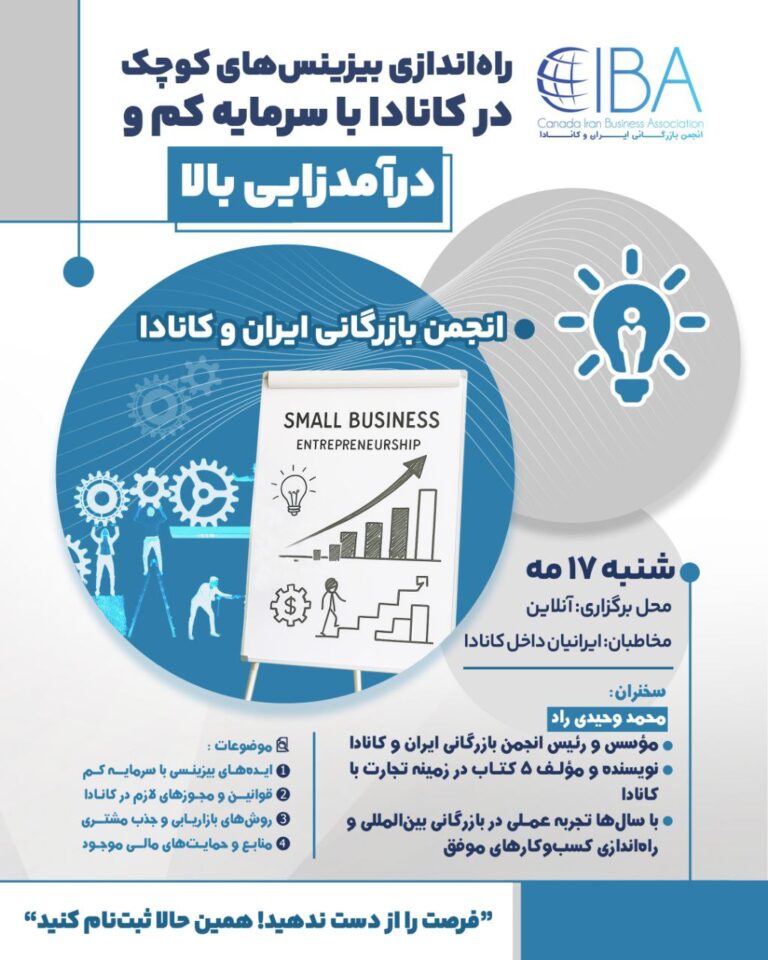Canada must accelerate investment in agriculture technology and address its growing farm labour shortage or risk being left behind, a new report by the Royal Bank of Canada warns.
The report, released Wednesday, says Canada’s agricultural GDP has the potential to reach $51 billion by 2030, a valuation that puts it ahead of the automobile assembly and aeronautics industries combined.
However, the report said agriculture will not hit that target if it continues on its current path of declining productivity. While Canada consistently ranks as the world’s fifth-largest global exporter of agricultural products, our share of global agriculture exports has fallen since 2000 in the face of growing competition from developing nations such as China, India, Indonesia and Brazil. If current trends continue, Canada’s agriculture industry could grow by only 1.8 per cent annually, raising output in 2030 to just $40 billion compared to $32 billion today.
Convincing younger Canadians that there are terrific career options in agriculture is going to be an absolutely critical challenge for the country.
John Stackhouse“We need to declare that agriculture is a strategic priority for the country,” RBC senior vice-president John Stackhouse said in an interview. “We’ve having important, essential conversations about the strategic value of energy right now, but we need to also be stressing the strategic importance of agriculture. It’s economically vital to the country.”
Stackhouse said RBC is concerned about the lack of investment in new technologies in Canada’s agriculture sector. While there are many innovations disrupting old methods of agricultural production — including robotic milkers, vertical farming and automated berry-picking machines — their adoption has been sporadic and sometimes slow, especially when compared with other jurisdictions. For example, Canada’s share of global ag tech investment is only 3.4 per cent, behind that of India and Brazil. The private sector’s share of agriculture R&D spending in Canada is 11 per cent, compared with 73 per cent in the U.S.
“On technology, we’re investing much less as a country than we should be,” Stackhouse said.
The report also calls on the federal government to develop a national skills strategy for agriculture to plan for future labour needs and to reduce barriers to high-skilled immigration. According to the report, 25 per cent of Canadian farmers will be 65 or older by 2025, creating a looming “retirement cliff” for the industry.
“We’re already facing significant shortages in the sector and those are going to become dangerously big over the next decade if we don’t find new ways to attract younger people and new Canadians with different skill sets into agriculture,” Stackhouse said. “Convincing younger Canadians that there are terrific career options in agriculture is going to be an absolutely critical challenge for the country.”
Dale Steele, owner of Steele Ag Insight Ltd. in Lethbridge, said there already is a lot of technology in use on the farm. His business, for example, helps farms make use of satellite imaging, remote sensing, self-driving tractors and specialized software to maximize production.
“The technology’s been around for over a decade now, but the bottleneck to adoption is there’s just not enough people who understand it,” Steele said. “Individuals like myself are sort of self-taught, but you can’t build a workforce on that.”

Steele said Canada must develop more tech-focused post-secondary programs that could pave the way for students to have careers not just in agriculture, but in mining, forestry and a host of other industries.
“Technology is happening, but if we don’t have the courses and programs to train the upcoming workforce, how do you have a sustainable industry?” he said.
The RBC report points to countries such as The Netherlands, Norway, Australia and Israel as examples of countries that are leading the way on agricultural technology and workforce development.
Source: CTV




